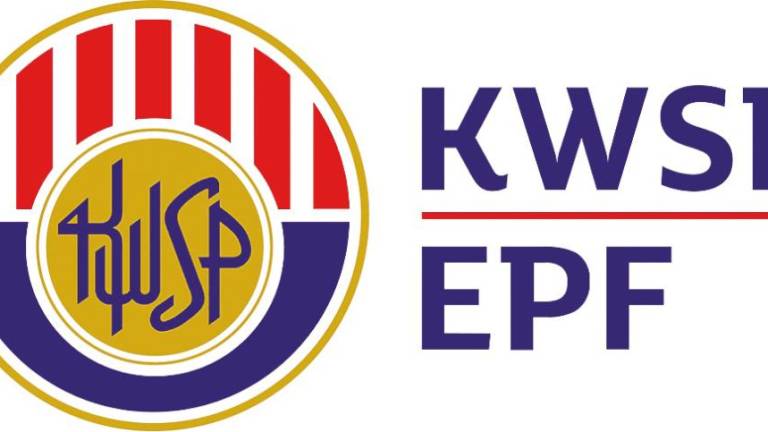PETALING JAYA: RAM Ratings said the possibility of Malaysia being removed from the World Government Bond Index (WGBI) cannot be completely discounted as the country remains on the watchlist for a potential downgrade.
This is despite the risk is lower now following Bank Negara Malaysia’s initiatives and various engagements to address investors’ concerns.
Malaysia’s bond market remained muted in September with a net inflow of RM908 million, but it is an improvement from a slight net outflow of RM88.7 million reported in the previous month, according to the rating agency.
On the whole, the domestic bond market managed to register a net overall foreign inflow of RM6.5 billion in Q3’19.
“Despite the improvement, it still could not compensate for the sizeable outflow of RM7.4 billion in Q2’19, which had been triggered by the placement of Malaysia on FTSE Russell’s watchlist for potential exclusion from the WGBI,” said RAM head of research Kristina Fong.
She said while the results of FTSE Russell’s review on Sept 26 were ultimately favourable to Malaysia, the related uncertainties in the lead up to it and the potential inclusion of Chinese bonds in the WGBI have kept foreign investors on the side lines for the month.
Despite the relatively muted government bond issuance of RM5.5 billion in September, RAM Ratings said full-year Malaysian Government Securities/Government Investment Issues (MGS/GII) issuance remains on track towards meeting its RM110-RM120 billion projection for 2019.
“Going forward, we expect MGS/GII issuance to come up to RM115-RM125 billion in 2020, taking into account the government’s deficit financing requirements pursuant to the recently tabled Budget 2020 and the refinancing of maturing debts next year.”
In September, Malaysian corporate bond issuance accelerated to RM14.9 billion from RM4.6 billion in August, driven by robust issuance from the quasi-government and private sectors.
This brought overall corporate issuance to RM27.7 billion in Q3’19.
“This strong pace of corporate issuance has been a mainstay through most of 2019, likely due to attractive funding costs as yield-to-maturity have been trending downwards since the beginning of the year.










